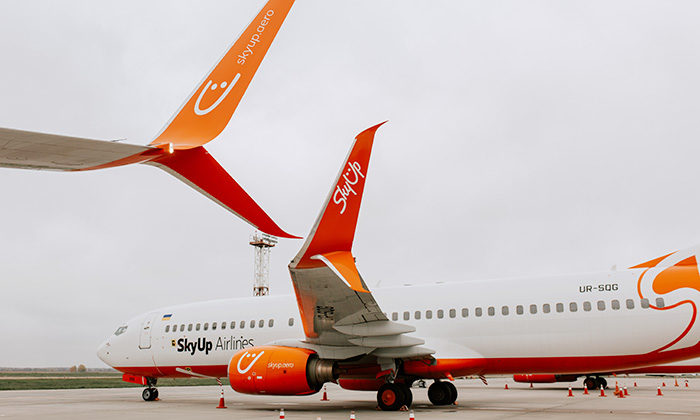At IDEF 2025 in Istanbul, Ukraine presented the Interceptor 2.0—an advanced unmanned aerial vehicle developed by RC Direction to neutralize enemy reconnaissance and strike drones. With rising aerial threats, this system aims to deliver fast, precise, and autonomous air defense, reports Army Recognition.
Powered by a single-circuit turbojet engine, the Interceptor 2.0 reaches speeds up to 320 km/h and cruises at 220 km/h. It operates day and night using the ChaklunLRS system, which enables automated target detection, tracking, and engagement. The UAV has an interception range of up to 30 km when paired with RADA-type radar and maintains telemetry control up to 75 km. If no target is found, it safely returns to base.
Weighing 10.4 kg with a 1.6 kg payload, and measuring 1.65 meters in length, the drone is launched via catapult and built for rapid deployment in conditions from –30°C to +40°C. Its communication system, equipped with both analog and encrypted digital channels, ensures stable operation even under heavy electronic warfare.
RC Direction, founded in 2022, emphasizes fast production through a modular, decentralized model. Facilities can be set up within two months in areas over 1,200 square meters, allowing quick adaptation to field demands.
Unlike loitering munitions such as Israel’s Harpy or Russia’s Lancet, which target stationary objects, the Interceptor 2.0 is built to intercept moving aerial threats in real time. This marks a shift in modern warfare, where speed, autonomy, and flexibility are increasingly essential.
The unveiling underscores Ukraine’s growing role in drone innovation and its commitment to building effective, scalable air defense systems for both current and future battlefields.





















